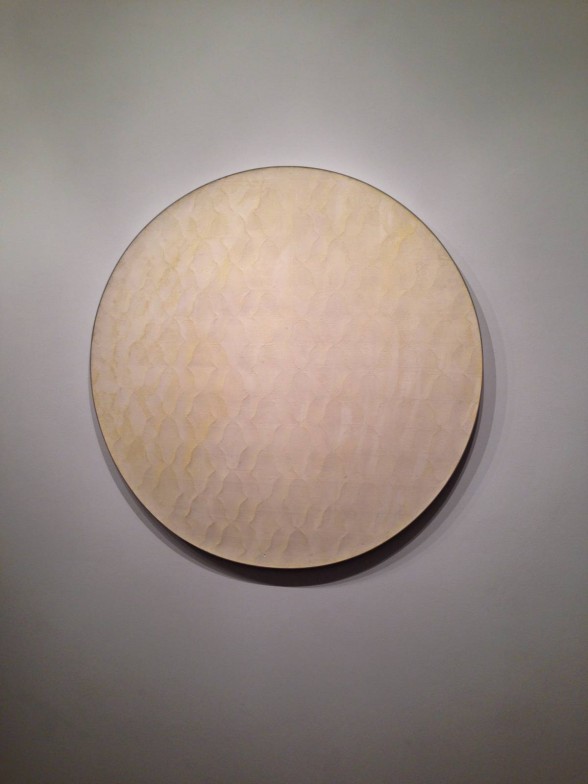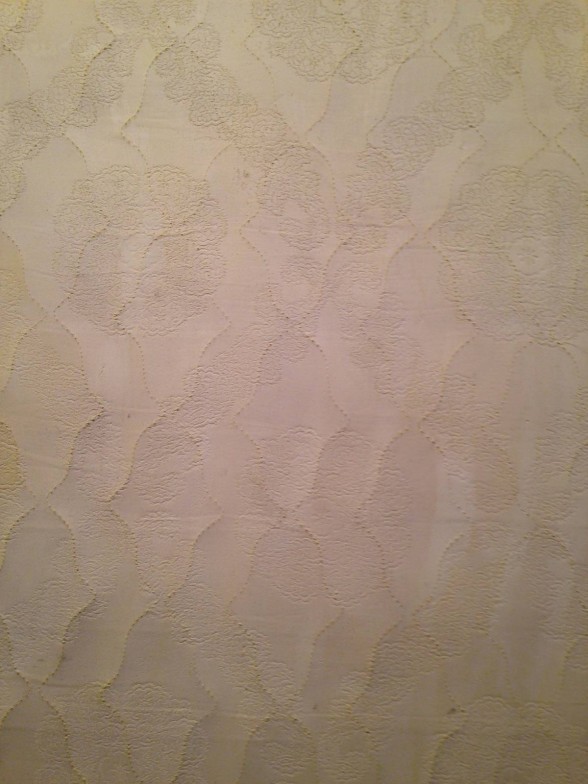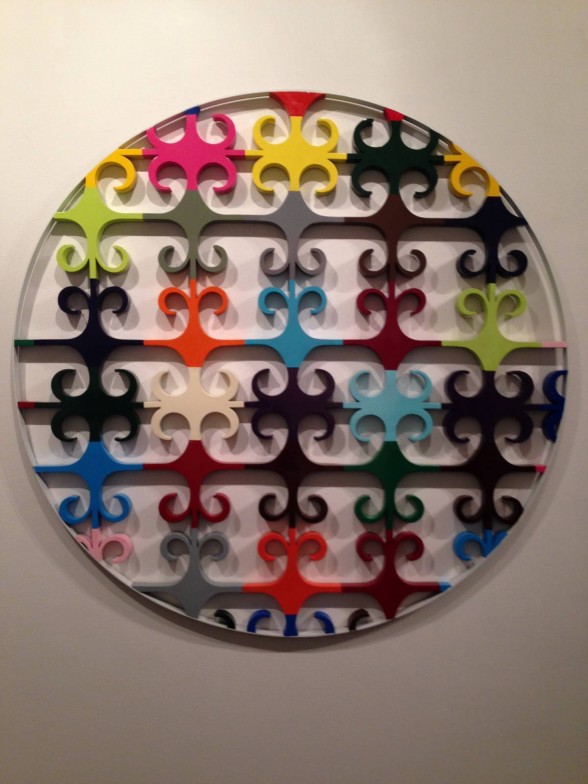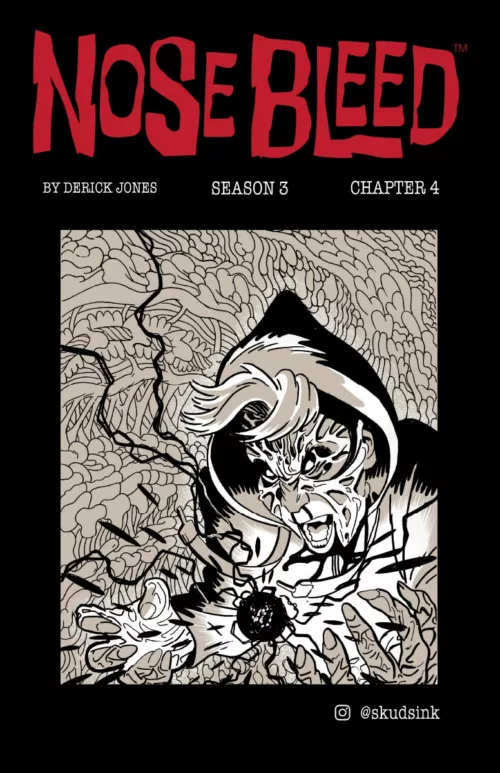[Noreen considers the relationship between manufactured objects and handmade versions–the subject of boundary-blurring new work by sculptor Daniel Petraitis. — the Artblog editors]
In most contemporary sculpture, the art object becomes fluid with its environment–an especially important notion in the work of Daniel Petraitis. This month at Napoleon, the artist’s new work further delegitimizes the dichotomies of the art world: Modern and Postmodern, fabricated and handmade. Through Equal Hand, the artist explores, reveals, and simultaneously subverts these dualities within the work.
The spirit of craftsmanship

A graduate of Tyler School of Art’s MFA program in sculpture, Petraitis is an independently-working contemporary artist. His previous work, made from a range of both handmade and found objects, discusses the relationship between handmade and readymade art objects, what is and is not art, and what role context plays in an object’s perceived value.

The untitled work of Equal Hand represents both the marriage and the divorce of the readymade and the art object. On parallel walls of the gallery, two flat sculptures, in the shape of large disks, face each other. “Untitled,” on the left, is the plaster-cast surface of a mattress. On the right, an intricate, carved structure is encased in a circular steel frame. Up close, the viewer notices the precise detail in the cast-mattress sculpture, the exact repetition of pattern in the carved structure. The intricacy of these works embodies the spirit of craftsmanship in handmade objects, yet their nature is not entirely handmade. A plaster cast is a replication of another object, therefore, not an original handmade work.
With the rise of industrial fabrication in the early 20th century, these subjects were discussed by renowned artists such Marcel Duchamp in the 1920s, and later, by Andy Warhol. The artist references these through the heavy use of fabricated imagery–the machine-stitching of a mattress, the repetitive grid of industrial fencing. The objects dance between premade and original forms–without original, the plaster cast would not exist. This relationship, coupled with the pieces’ placement in a gallery space, reformats the source imagery, and reinterprets the purpose and context of a readymade years after its debut in the art world.
A grate difference between works
Though each object imitates the other in size, placement, and form, there is a jarring disparity in mood. The plaster cast, stained with yellow ocher pigments, puts me in mind of a hand-me-down, well-worn bed, the kind a grandmother would refuse to throw away. I interpret the object as familiar: an object kept for a long time in a family home. On the opposite wall is its antithesis–the color scheme is artificial, unrelatable, the kind of amalgam of saturated color one would find on the shelves of department stores, reflecting the disunion of private and public.

Each work, floating in the center of its own wall, seems to address one side of the Modern/Postmodern dialogue. “Untitled,” in plaster, suggests the use of industrialized machinery in its repetitive stitchwork. Yet the patterns are ornate, reminiscent of Victorian lace and premodern antiques. Similarly, the pattern work of the opposite piece reflects premodern tastes; the intricate, spiraling patterns remind the viewer of ornate, wrought-iron fencework. In stark contrast, the pattern is painted in blocks of modern, industrial colors; primary blue, hot pink, lemon yellow, and more. This color scheme, mimicking the brightly colored assortments of department store shelves, puts the modernness of the piece in a postmodern context–by recontextualizing readymade colors and objects into handiwork and craftsmanship.
Petraitis’ craftsmanship, color choices, and material, coupled with liberal use of the gallery’s space, discusses form and concept. In the post-industrial, digital world of contemporary artmaking, Petraitis perseveres with the suggestion of machine-fabrication through hand-crafted items. With the history of fabrication and art-making in mind, Equal Hand explores the art object, its origin, and the union and disunion of Modernism and Postmodernism within.
Equal Hand was on view at NAPOLEON until March 26, 2015. Gallery visits are by appointment, or Saturdays and Sundays 2 pm – 6 pm.









